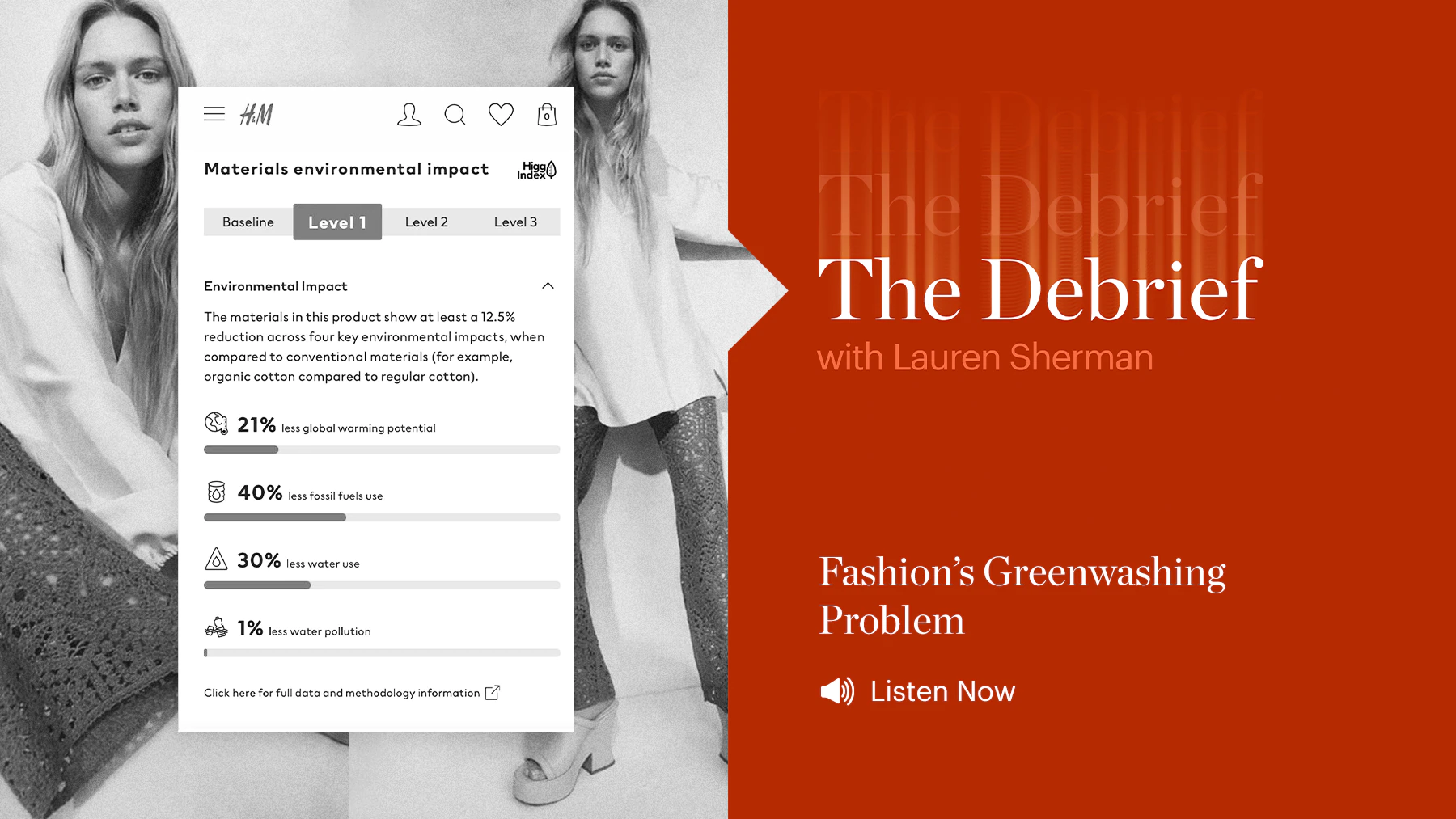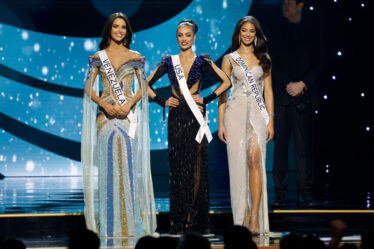
To subscribe to The Debrief, please follow this link.
Background:
Concern about the environmental impact of clothing has swelled in the past few years. So too has the practice of greenwashing. Right now, fashion marketing is flooded with eco-conscious messaging as brands dub their products “sustainable” without doing the groundwork to back up declarations. Consumers and regulatory parties are starting to demand more.
“What we’re seeing is companies wanting to talk more about this, consumers wanting to know more about this, and regulators really sitting up,” said chief sustainability correspondent Sarah Kent. “It’s this perfect storm where something that has been an issue that needed to be addressed for a long time is coming to a head.”
Key Insights:
- With little oversight outside voluntary intra-industry initiatives and no regulation, a sustainable marketing free-for-all has swept over fashion.
- European policymakers looking to crack down on greenwashing are currently considering legislation about how impact across various environmental areas can be measured.
- Several snags have inhibited any real progress on measuring sustainability, including bad data, tangled methodologies, and the presence of complex social factors that go beyond ecological impact.
- Some brands have begun efforts to increase transparency and show consumers information on why their products are more or less sustainable. H&M has started to give items nutrition-style labels that tell buyers things like what level its materials rank on a scale of better alternatives. Allbirds attributes carbon calorie counts to its products, so consumers understand associated emissions.
Additional Resources:
Join BoF Professional for the analysis and advice you need. Get 30 days for just $1 or explore group subscriptions for your business.



